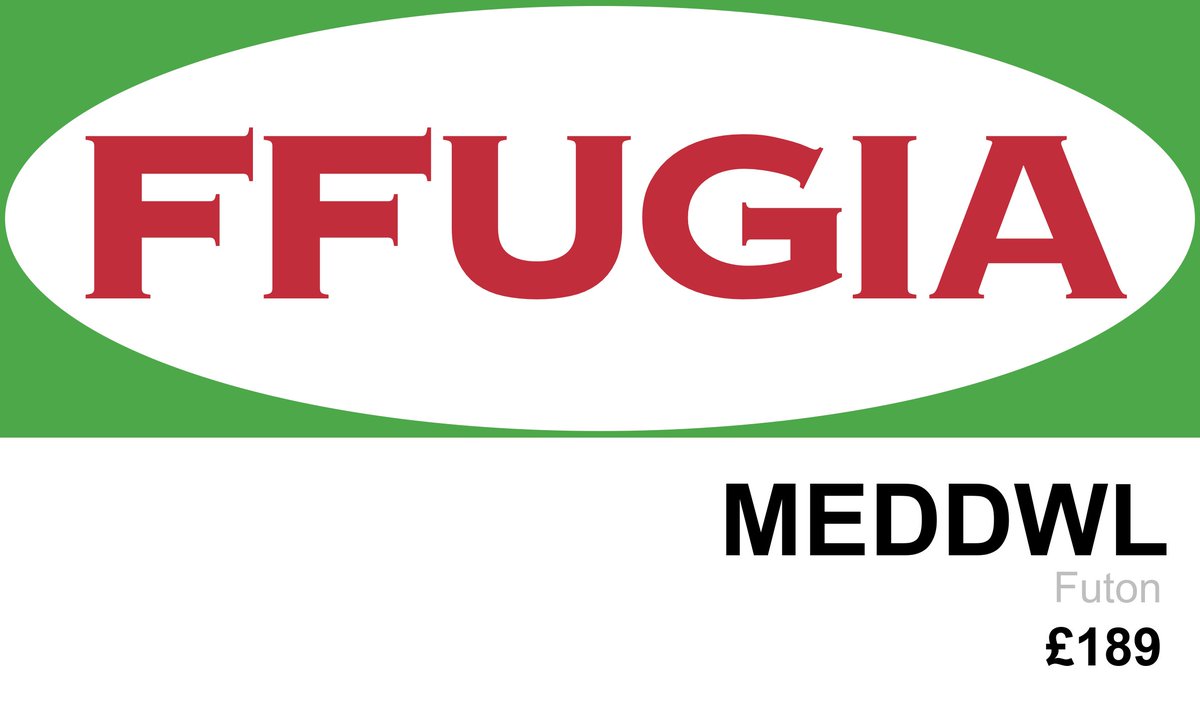Now exciting presentation by @AnneliesKusters, @jordanfenlonlx & @foundinblank on convergence in international sign! #TISLR13
Very relevant to current work at @SLL_Radboud!
Very relevant to current work at @SLL_Radboud!

International Sign is sometimes used in formal, more conventionalized settings (conferences, etc), but here the authors did a longitudinal study at Frontrunners, looking at language attitude and lexical convergence over time! #TISLR13
So relevant for emergence and creolists too!
So relevant for emergence and creolists too!

By the end of the Frontrunners program, the number of unique lexical signs (same item list in the beginning and end of the program) had decreased, pointing to convergence. #TISLR13 

Some signs (eg days of the week) were thought to be IS by some in the beginning of the program, but disappeared later on due to IS convergence. Some signs had been picked up through YouTube etc before the program, thought to be IS but not being used at Frontrunners. #TISLR13 

Interestingly, the proportion of ASL signs did not decrease over time, although the general number of unique sign forms decreased (ie convergence). #TISLR13 

In interviews, participants reported both positive and negative associations about ASL signs in IS.
One-to-one mapping to English words = 👍
Less visual = 👎
#TISLR13
One-to-one mapping to English words = 👍
Less visual = 👎
#TISLR13

In the end of the program, lexical variation was still observed, although convergence had taken place. ASL signs were still present at the end of the program, and it's relative lexifier frequency was the same. #TISLR13 

• • •
Missing some Tweet in this thread? You can try to
force a refresh












